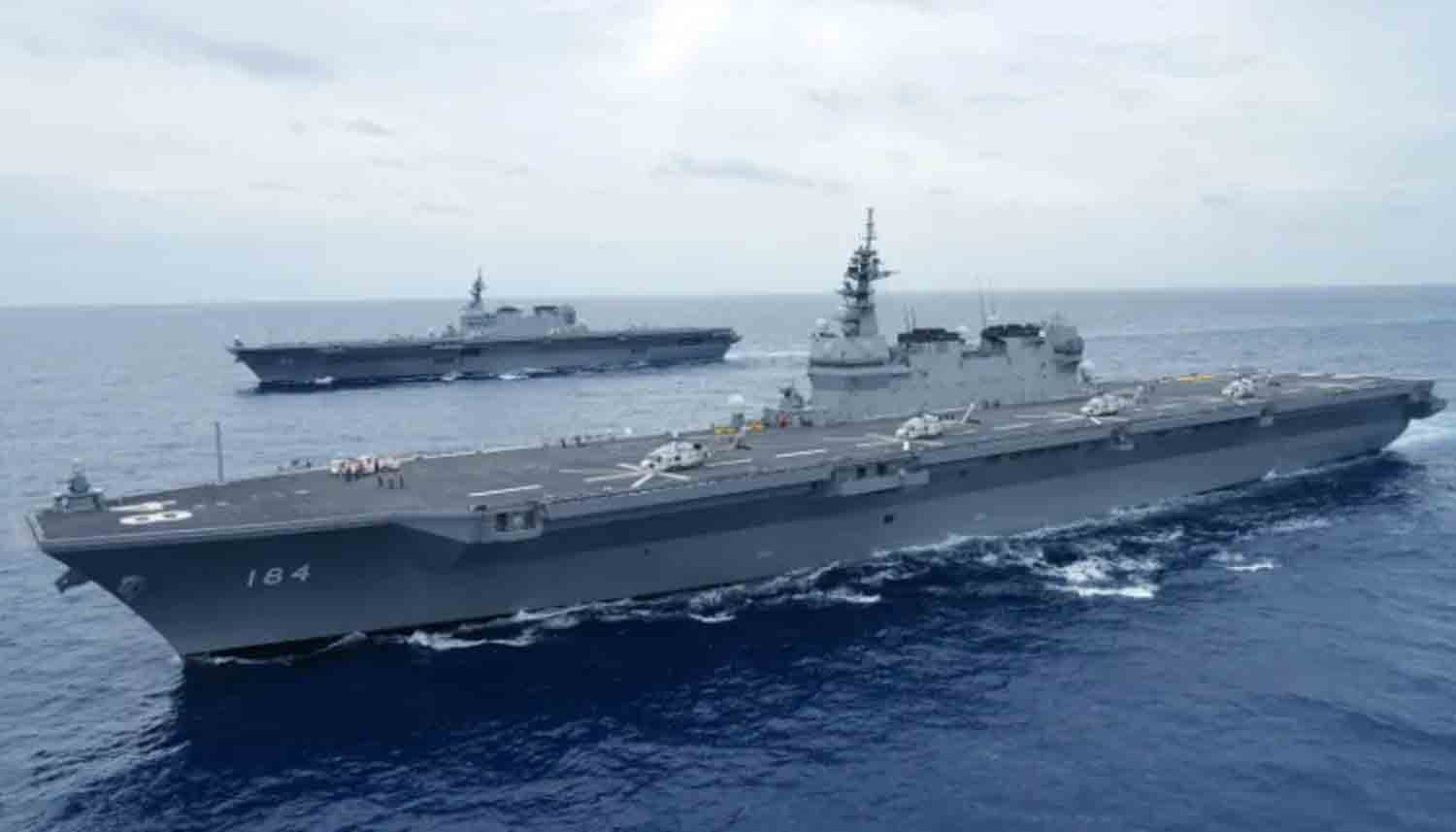The Indonesian Navy, officially referred to as Tentara Nasional Indonesia-Angkatan Laut (TNI-AL), has announced its consideration of acquiring an aircraft carrier to improve its capabilities for non-combat military operations. This information was recently shared by Admiral Muhammad Ali, the Chief of Staff of TNI-AL.
At a press conference held prior to a naval leadership meeting at the TNI-AL Headquarters in East Jakarta, he remarked, “It appears that we require an aircraft carrier for non-combat military missions.”
In addition to the potential aircraft carrier, Admiral Ali indicated that the navy is also looking into acquiring various other assets, including two frigates from Italy. Furthermore, the navy is preparing to receive fast attack craft equipped with missiles from Türkiye. Regarding the two patrol vessels provided by the Japanese government, Admiral Ali mentioned that TNI-AL intends to deploy them at the naval base in Balikpapan, East Kalimantan, to strengthen the defense of Ibu Kota Nusantara (IKN), Indonesia’s future capital, which is adjacent to Balikpapan.
As Ibu Kota Nusantara is set to become the new capital of Indonesia, there is a pressing need for additional military resources to enhance its security. Meanwhile, Frega Wenas, the Head of the Defense Information Bureau at Indonesia’s Ministry of Defense, was cited by local media discussing the rationale behind the aircraft carrier acquisition plan, which is influenced by Indonesia’s geographical characteristics. He noted that as an archipelagic nation vulnerable to natural disasters, an aircraft carrier would be an essential asset for expediting humanitarian assistance and disaster relief (HADR) operations. However, Frega clarified that the proposed aircraft carrier would not be a full-sized ship equipped with a runway for launching fighter jets.
Indonesia has no plans to utilize this aircraft carrier for power projection outside its borders, as clarified by Frega.
He explained that the aircraft carrier is intended to function as a platform for short take-off and vertical landing (STOVL) operations, primarily employing helicopters for logistical support during disaster response efforts. The overall concept is still under evaluation, with one possibility being the adoption of a Landing Helicopter Dock (LHD).
A feasibility study is currently underway to ensure that future defense acquisitions are in line with Indonesia’s strategic military requirements. Frega emphasized that any acquisition should facilitate a variety of operations, encompassing both Warfare Military Operations (OMP) and Non-Warfare Military Operations (OMSP). At this stage, no formal decision has been reached regarding the procurement of an aircraft carrier.
Frega noted, “The ultimate decision on acquiring new defense assets is influenced by several factors, including national strategic priorities, budget constraints, and the preparedness of infrastructure and personnel for operational deployment.”
In a related comment, Evan Laksmana, Head of the Southeast Asian Security and Defense Research Program at the International Institute for Strategic Studies (IISS), informed Kompas that if the main objective is Non-Warfare Military Operations (OMSP), such as disaster relief, there are numerous other platforms that would be more effective and economical. He highlighted that aircraft carriers are primarily designed for deploying fighter jets and helicopters for power projection beyond national borders, necessitating a dedicated task force, including submarines and escort vessels like frigates, to ensure their protection.
Evan also advised Indonesia to avoid repeating Thailand’s experience with its aircraft carrier HTMS Chakri Naruebet, which was acquired but ultimately saw limited use.
Thailand acquired the HTMS Chakri Naruebet for military purposes, but it was predominantly utilized for Non-Warfare Military Operations (OMSP) and ultimately became inactive due to insufficient resources and a lack of demand for its complete operational capabilities.
Thailand’s Aircraft Carrier: A Costly Lesson
In 1992, Thailand embarked on the construction of its first and only aircraft carrier, a project estimated to cost around US$285 million (RM1.14 billion). The ship was named “HTMS Chakri Naruebet” (CVH-911), meaning “Sovereignty of the Chakri Dynasty.”
The construction of HTMS Chakri Naruebet spanned five years, culminating in its completion in 1997, which positioned Thailand as the sole Southeast Asian country to own an aircraft carrier at that time.
However, the timing was unfortunate, as Thailand, along with other Asian nations, faced the repercussions of the 1997 Asian Financial Crisis just as the HTMS Chakri Naruebet was commissioned.
Due to significant economic and financial difficulties, Thailand was unable to fully operate the vessel. Consequently, the HTMS Chakri Naruebet, intended to be a representation of national pride and naval capability, spent more time docked at Sattahip Naval Base than actively patrolling the seas.
With a full-load displacement of 11,400 tons and an overall length of 182 meters, HTMS Chakri Naruebet stands out as one of the most prominent yet underutilized aircraft carriers in contemporary naval history.
Discover more from Defence Talks | Defense News Hub, Military Updates, Security Insights
Subscribe to get the latest posts sent to your email.





